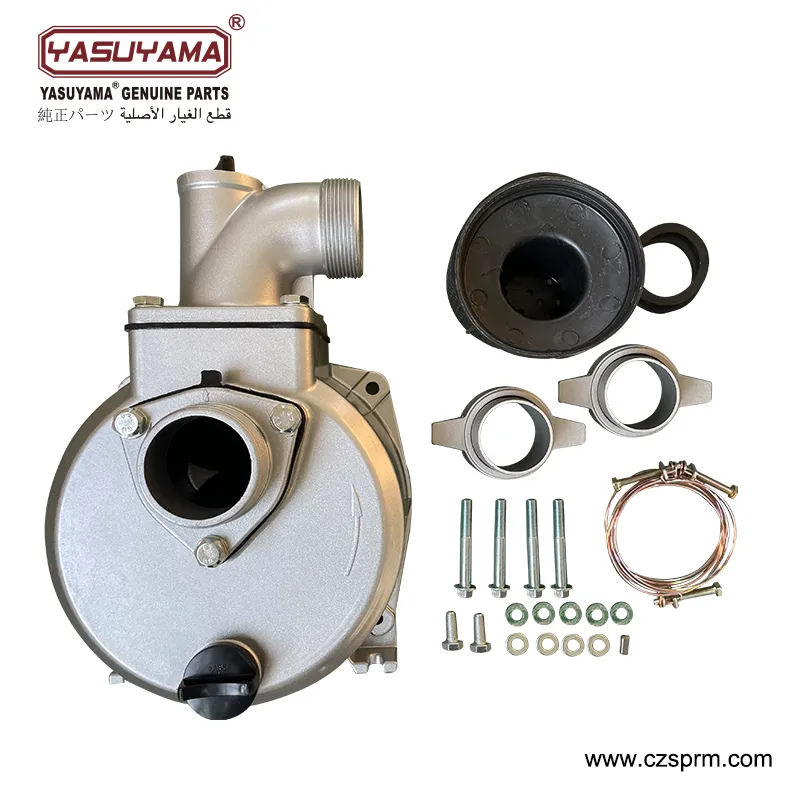A water pump is a device that moves water from one place to another. There are several factors to consider when choosing the most suitable type of water pump, such as flow rate, head, pump size and mass, and more. Here is an overview of some of the most common water pump types and their pros and cons.

1. Positive displacement pump
A positive displacement pump is a pump that uses a mechanism such as a plunger or gears to move water. They are ideal for handling high viscosity liquids as they provide an even flow rate. However, positive displacement pumps are generally more expensive than other types of water pumps.
2. Centrifugal pump
Centrifugal pumps are one of the most commonly used water pump types and are characterized by their simple structure and low cost. They are self-priming pumps capable of handling large volumes of water and providing high head lifts. However, they can cause problems when handling highly viscous liquids.
3. Screw pump
A screw pump is a pump based on a rotating screw that pushes water by continuously changing the position of the sealing helix. It is a pump capable of handling high-viscosity liquids. The main advantage of this type of pump is stable flow and the ability to handle high temperature and high pressure water, but it is not suitable for handling low viscosity liquids.
4.Jet pump
A jet pump works by using high-speed flowing water to push slow-moving water to the desired location. This type of pump can provide very high water velocities and head, but typically requires more maintenance and operating costs.
Overall, choosing the type of pump best suited for your application requires judgment on a case-by-case basis. If you want to handle high-viscosity liquids, a positive displacement pump or a screw pump may be a better choice; if low cost and high flow are required, a centrifugal pump is a good choice; and a jet pump is suitable for some special applications.
 English
English



